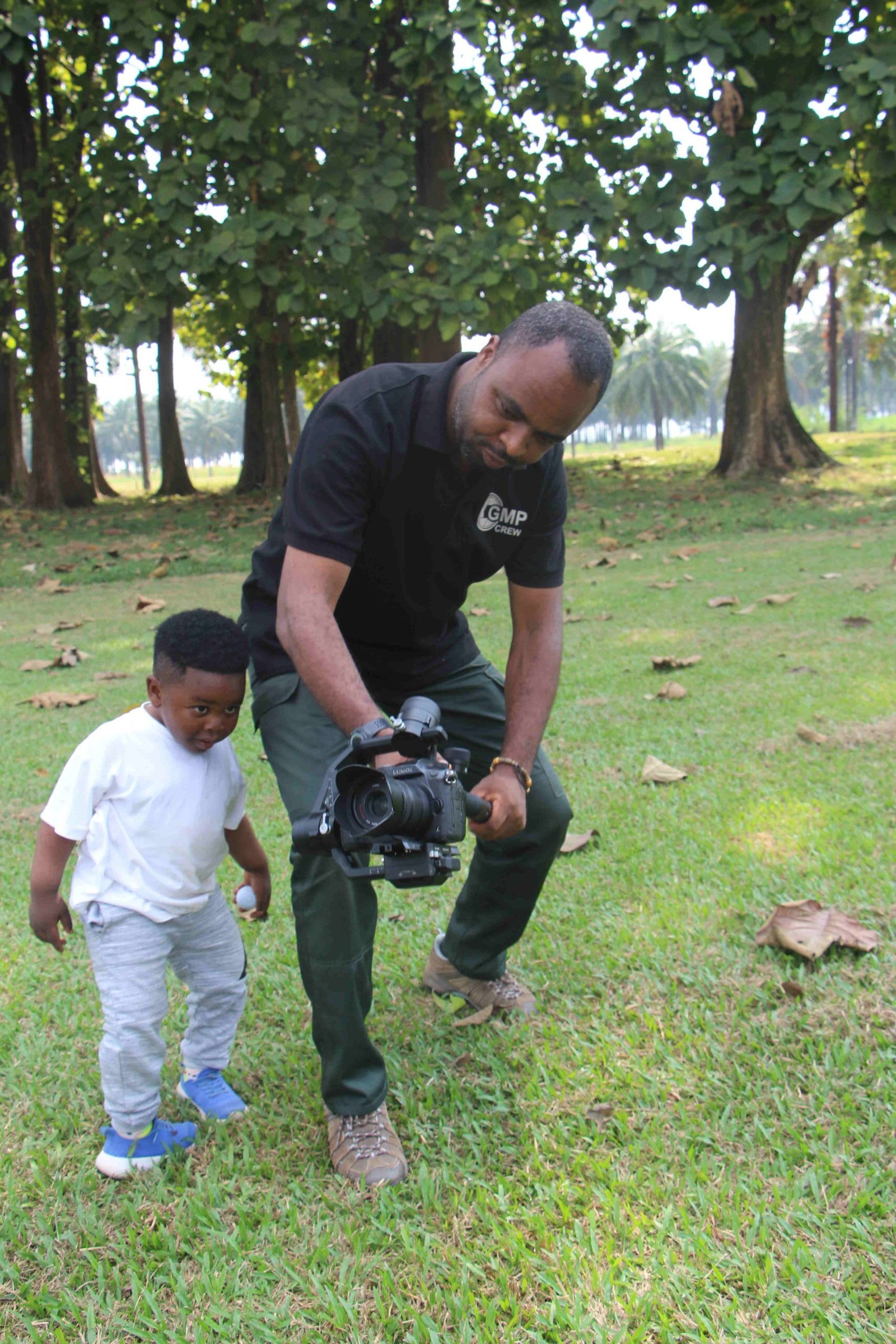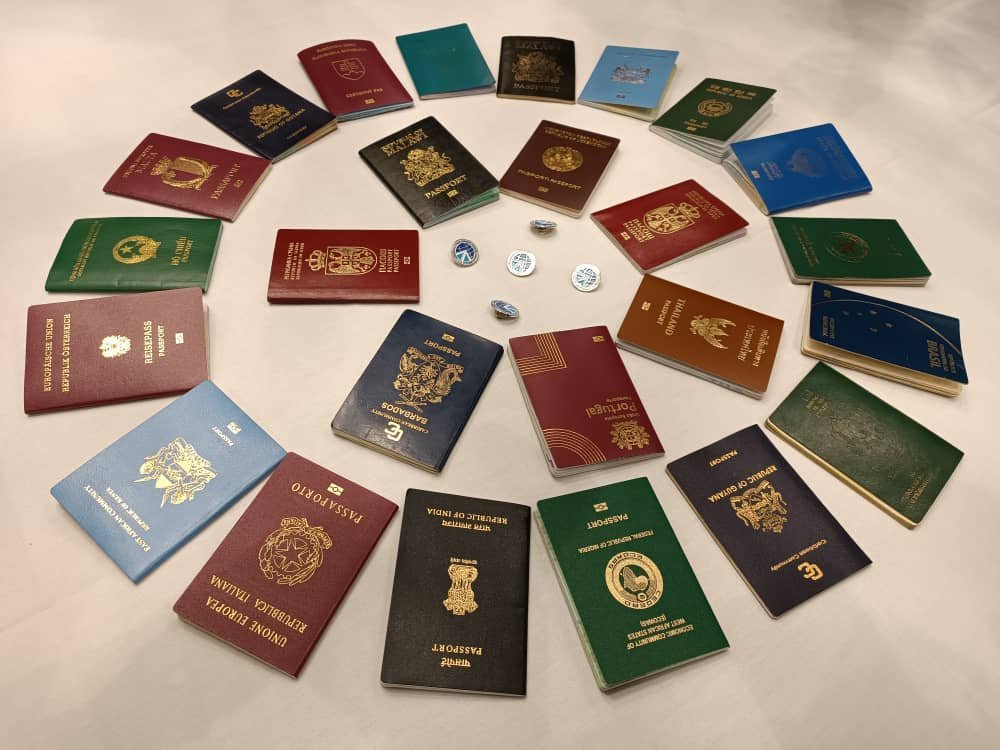 In a world inundated with information and constant distractions, capturing people’s attention has become increasingly challenging. In this context, visual storytelling has emerged as a powerful tool that not only engages and captivates audiences but also leaves a lasting impact. Visual storytelling harnesses the power of images, videos, and other visual elements to convey narratives, evoke emotions, and convey complex ideas in a compelling and accessible way.
In a world inundated with information and constant distractions, capturing people’s attention has become increasingly challenging. In this context, visual storytelling has emerged as a powerful tool that not only engages and captivates audiences but also leaves a lasting impact. Visual storytelling harnesses the power of images, videos, and other visual elements to convey narratives, evoke emotions, and convey complex ideas in a compelling and accessible way.
One of the key strengths of visual storytelling lies in its ability to transcend language barriers. Visuals have a universal language that can be understood and appreciated by people from diverse cultures and backgrounds. Whether through photographs, illustrations, or videos, visual storytelling has the potential to evoke emotions and convey messages that words alone may struggle to express. It taps into the fundamental human instinct of interpreting and understanding images, making it a highly effective means of communication.
Moreover, visual storytelling has the unique ability to simplify complex concepts and make them more accessible to a broader audience. By distilling complicated ideas into visual representations, it enables viewers to grasp and retain information more easily. Whether it’s through infographics, data visualizations, or animated videos, visual storytelling enhances comprehension and retention, making it an invaluable tool in fields like education, journalism, and marketing.
Visual storytelling is also a potent tool for creating empathy and fostering emotional connections. Images have the power to evoke powerful emotions and create a sense of shared experiences. By presenting stories through visuals, we can elicit empathy, understanding, and compassion in ways that resonate deeply with viewers. This emotional connection strengthens the impact of storytelling and can drive positive change by inspiring action and raising awareness about important social issues.
The rise of social media platforms and the rapid consumption of content have further amplified the influence of visual storytelling. Platforms like Instagram, YouTube, and TikTok have become hubs for visual narratives, allowing individuals and brands to reach vast audiences and engage with them on a more personal level. The ease of sharing and the viral nature of visual content have transformed storytelling into a participatory and interactive experience, empowering individuals to become storytellers themselves.
However, as visual storytelling gains prominence, it is crucial to approach it with responsibility and ethics. Images can be manipulated, and narratives can be distorted, leading to misinformation and the potential for harm. It is essential to uphold the principles of truth, authenticity, and accuracy in visual storytelling, ensuring that the power of visuals is harnessed for positive purposes.
Visual storytelling has become an essential tool in today’s fast-paced world. Its ability to engage, simplify, and evoke emotions makes it a powerful means of communication. By harnessing the power of visuals, we can transcend language barriers, simplify complex ideas, foster empathy, and create meaningful connections. As we embrace visual storytelling, let us do so with responsibility and an unwavering commitment to integrity, ensuring that we use this power to inform, inspire, and positively impact the world around us.
By Mainimo Etienne







